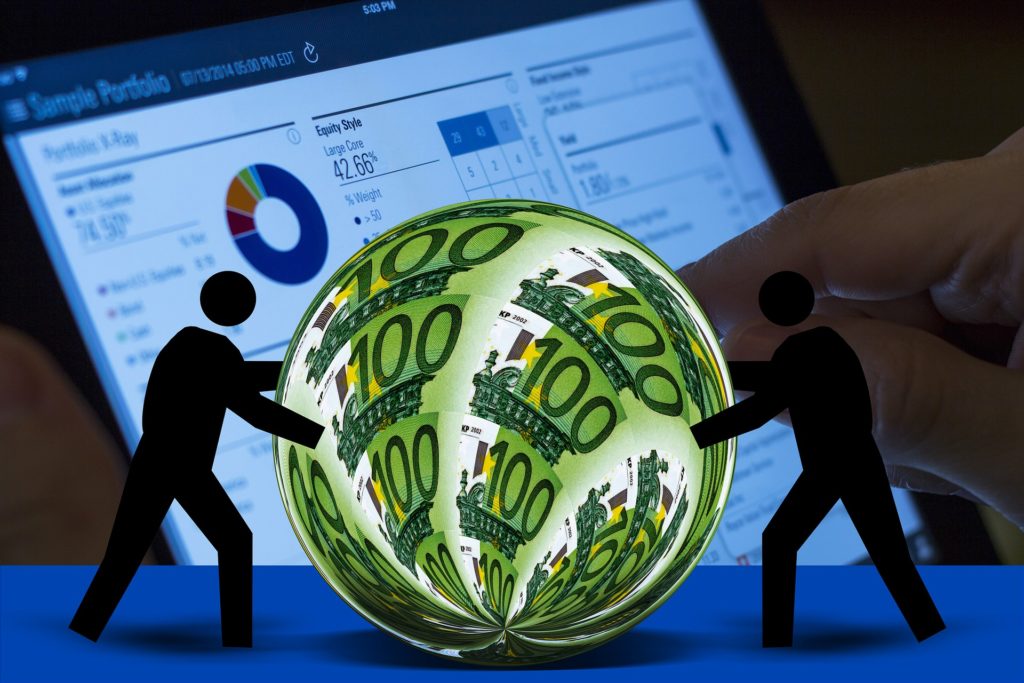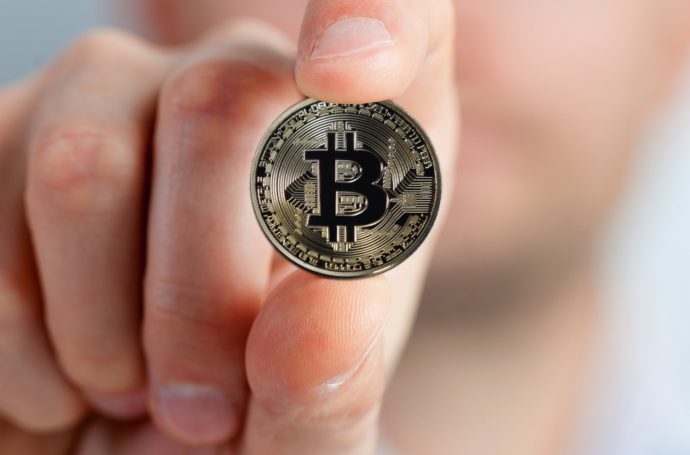Table of Contents
Using different styles of financial trading has long been something that people have done as a way to invest or generate a secondary income. However, one of the most popular forms of online and mobile trading in the modern world was actually relatively unheard of until fairly recently. While almost anybody with an interest in financial markets, economics, or current affairs these days is familiar with forex, it wasn’t so long ago that currency trading simply wasn’t accessible to normal people. Rather, it was something only done by banks.
Today, advances in the internet have made forex a part of modern trading for everybody who wanted to try it.
Currency Trading Before Mainstream Internet
Louis Hernandez Jr highlights that there have been mechanisms in place to change money between currencies for about as long as organized currency has existed. However, up until the mainstream internet really took hold, it wasn’t possible for ordinary people to get prices on international currencies and make instant transactions in a way that could really leverage currency pair fluctuations. Banks were able to work with different currencies thanks to their infrastructures, but for the average person, the only time they were really concerned with changing money was to obtain currency when they traveled abroad, usually from a bureau de change or, later, by using cards at foreign ATMs and letting their bank handle the prices.
There was certainly no way to trade currency in any meaningful or profitable way.
The Biggest Advances to Help Forex Gain Traction
Forex trading online became possible because the internet made it possible for people to access trading platforms, hold online accounts, and make transactions. This was possible even in the late 1990s, however, it still wasn’t really something people found reliable. With slow dial-up internet speeds and problems with connectivity, it was hard to trust that your transactions would go through at the price you were seeing. Equally, there just wasn’t the knowledge and technology in terms of online security that there is now. Essentially, it wasn’t until broadband internet became widely accessible that forex trading online began to really ‘work’ as most people wanted – and to be trusted.
The Mobile Revolution
The second big change after broadband was the smartphone revolution. With apps that can connect people to trading platforms and forex resources, the 24-hour nature of forex became more accessible. Traders were no longer tied to their computers for a session and could be notified when conditions they have set up as triggers for them to act are met, allowing them to be available to trade and to avoid missing out on profitable transactions. Between mobile and fast internet speeds, people can now get the most out of forex trading and can also use a lot of analysis and news tools on their mobile devices to help them become more effective as traders.
As you can see, forex has come a very long way in just two decades and it will be interesting to see how its popularity continues to grow moving forward.



